The issue of the identification of the species Corydoras julii Steindachner 1906 frequently arises, as the majority (so it would seem) of so-called "julii" cories in the hobby are actually not this species but more likely C. trilineatus. The true julii species occurs in NE Brazil. A new post on CorydorasWorld has photos of wild fish of C. julii along with a new species that Ian Fuller has authenticated as CW 185. Both species were captured in the Rio Granjeiro in the state of Ceara, in NE Brazil.
And before someone mentions it, the tank used for the photography of these fish has a gravel substrate. Hudson Crizanto Goncalves, the member who posted the photos, assured me that these fish are normally in sand substrate tanks.
And before someone mentions it, the tank used for the photography of these fish has a gravel substrate. Hudson Crizanto Goncalves, the member who posted the photos, assured me that these fish are normally in sand substrate tanks.
Attachments
-
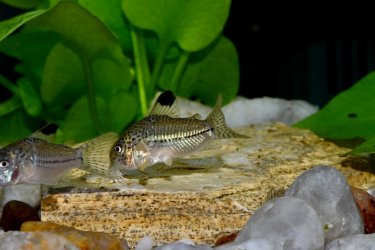 Corydoras julii, wild caught Rio Granjeiro NE Brazil (1).jpg191.9 KB · Views: 46
Corydoras julii, wild caught Rio Granjeiro NE Brazil (1).jpg191.9 KB · Views: 46 -
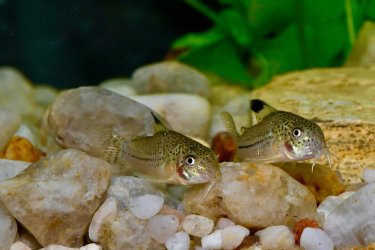 Corydoras julii, wild caught Rio Granjeiro NE Brazil (2).jpg185.4 KB · Views: 46
Corydoras julii, wild caught Rio Granjeiro NE Brazil (2).jpg185.4 KB · Views: 46 -
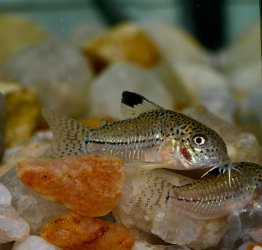 Corydoras julii, wild caught Rio Granjeiro NE Brazil (3).jpg262.3 KB · Views: 47
Corydoras julii, wild caught Rio Granjeiro NE Brazil (3).jpg262.3 KB · Views: 47 -
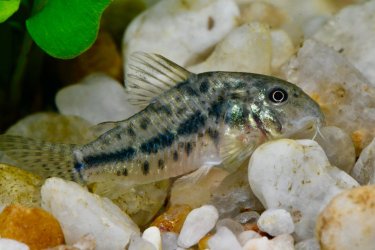 CW185 (1).jpg206.3 KB · Views: 44
CW185 (1).jpg206.3 KB · Views: 44 -
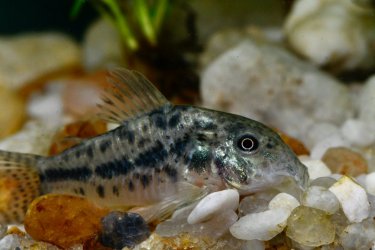 CW185 (2).jpg186.3 KB · Views: 44
CW185 (2).jpg186.3 KB · Views: 44



